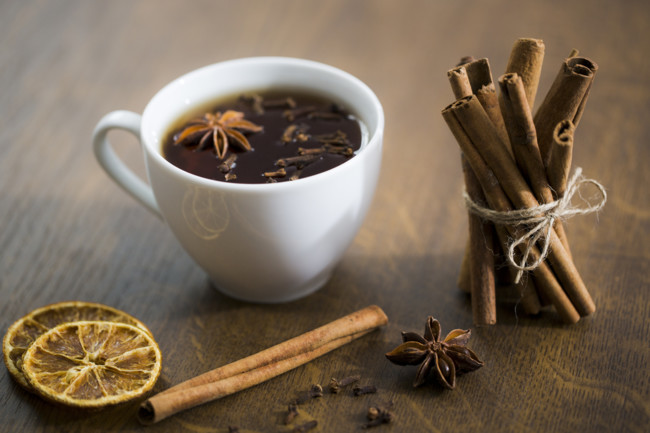Cinnamon is a trendy spice. It is not only fragrant but also healthy. Cinnamon is inexpensive and readily available in most supermarkets. But many people don’t realize that there are actually two main types of this spice.
Both are beneficial, but one type contains a toxin that is harmful if you consume too much of it. In this article, we will explain the differences between Ceylon Cinnamon and Cassia.
Read also: Fragrant Chocolate Tea That Will Lift Your Spirits
Cinnamon: health benefits and harms

Cinnamon is a spice made from the inner bark of the cinnamon tree. The bark strips are dried until they roll into rolls known as cinnamon sticks. They can then be crushed into powder or made into an extract. This spice’s unique properties are due to its essential oils and compounds, particularly cinnamaldehyde. This compound gives cinnamon its taste and aroma and also makes this spice beneficial to human health.
Cinnamon normalizes blood pressure, dilates blood vessels, tones up. Also, it promotes concentration.
Thanks to tannins, iron, potassium, phosphorus, and zinc in its composition, the spice helps to develop antibodies to most seasonal viral diseases. Even in ancient times, cinnamon was used to treat cough, tonsillitis, and runny nose.
Cinnamon speeds up metabolism and improves bowel function. All these factors make the spice an excellent aid in the fight against excess weight.
Cassia: health benefits and harms

Cassia is native to southern China, which is why it is often called Chinese cinnamon. It is dark brown with a reddish tint. Unlike Ceylon cinnamon, cassia sticks are thicker and rougher. Cassia is considered a lower quality spice and is therefore very cheap. Almost all cinnamon found in supermarkets in a variety of cassia.
Cassia has long been used in cooking and traditional Chinese medicine. Roughly 95% of its oils are cinnamaldehyde, which gives cassia a powerful, spicy aroma.
In different concentrations and compositions, cassia is used to combat gastrointestinal diseases, bacterial diseases, kidney ailments, and thin blood. The powder from the bark of the plant is used for cosmetic purposes and as part of antiseptic, antibacterial, anti-inflammatory ointments.
It is worth remembering that cassia contains many coumarins, which can be toxic in large quantities. Therefore, it is much safer to buy Ceylon cinnamon.
How to tell cinnamon from cassia

- Pay attention to the packaging. If the manufacturer is honest, the packaging with real cinnamon will say – Cinnamomum zeylonicum, on the packaging with cassia – Cinnamomum aromaticum.
- Ceylon cinnamon sticks on the cut resemble a roll of papyrus with many curls. Cassia often has no curls at all, and the sticks are almost untwisted or twisted at only one end. Also, real cinnamon is fragile and light, while cassia is tough and dark.
Also read: Pumpkin: The Benefits And Harms Of The Main Autumn Vegetable
- Take a teaspoon. Sprinkle some cinnamon powder on it. Add regular iodine to the cinnamon. If he dyes the powder bluish-black, then it is cassia. If the color is blue, then not so dark, then this is real cinnamon.
- Boil coffee with cinnamon, you will immediately see by the sediment at the bottom; if it is starchy, this is cassia. If the cinnamon spreads at the bottom along with the coffee grounds, this is real Ceylon. It mixes well in water and does not form mucus, as is the case with cassia.
Adapted and translated by Wiki Avenue Staff
Sources: Today Lifestyle






